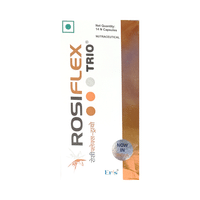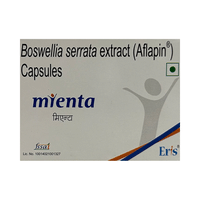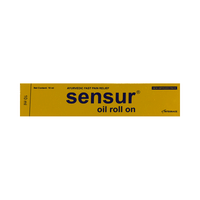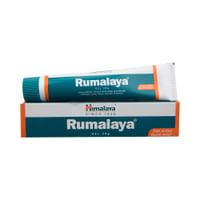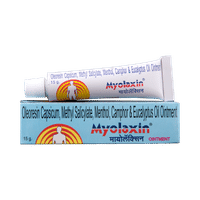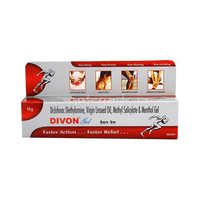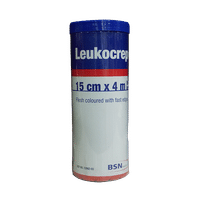Typho VI 2.5mcg Injection
food interaction for Typho VI Injection
alcohol interaction for Typho VI Injection
pregnancy interaction for Typho VI Injection
lactation interaction for Typho VI Injection
food
alcohol
pregnancy
lactation
No interaction found/established
It is not known whether it is safe to consume alcohol with Typho VI 2.5mcg Injection. Please consult your doctor.
CONSULT YOUR DOCTOR
Typho VI 2.5mcg Injection may be unsafe to use during pregnancy. Although there are limited studies in humans, animal studies have shown harmful effects on the developing baby. Your doctor will weigh the benefits and any potential risks before prescribing it to you. Please consult your doctor.
CONSULT YOUR DOCTOR
Typho VI 2.5mcg Injection is probably safe to use during breastfeeding. Limited human data suggests that the drug does not represent any significant risk to the baby.
SAFE IF PRESCRIBED
SALT INFORMATION FOR Typho VI 2.5mcg Injection
Salmonella Typhi Vaccine(2.5mcg)
Typho vi injection uses
{med_name} is used to prevent typhoid fever.
How typho vi injection works
Typho VI 2.5mcg Injection is a vaccine which helps develop immunity by initiating a mild infection. This type of infection does not cause illness but stimulates the body's immune system to produce antibodies (proteins) to protect against any future infections.
Common side effects of typho vi injection
Injection site reactions (pain, swelling, redness), General discomfort, Muscle pain, Anaphylactic reaction, Itching
SUBSTITUTES FOR Typho VI Injection
No substitutes foundExpert advice FOR Typho VI Injection
- Salmonella Typhi Vaccine is given to prevent typhoid fever in adults and children aged two andabove.
- Inform your doctor if you have/ your child has any medical conditions, such as an immune deficiency condition (eg. HIV positive) or a bleeding disorder before taking Salmonella Typhi Vaccine.
- Inform your doctor if you are pregnant or breastfeeding.
Frequently asked questions FOR Typho VI 2.5mcg Injection
Salmonella Typhi Vaccine
Q. What Typho VI 2.5mcg Injection is used for?
Typho VI 2.5mcg Injection is a vaccine used to help prevent typhoid fever, which is caused by a bacteria called Salmonella typhi. The organism which causes typhoid fever can be passed on through contaminated food or water. If you are in an area where there is a risk of getting typhoid fever, in addition to getting vaccinated with Typho VI 2.5mcg Injection, it is also very important to be careful with your personal, food and water hygiene. Hygiene will also help avoid illness caused by other bacteria in the water.
Q. How does Typho VI 2.5mcg Injection work?
Typho VI 2.5mcg Injection works by causing your body to produce its own protection against typhoid fever. It does this by making substances, called antibodies, which destroy the Salmonella typhi organism. If you have been vaccinated against Salmonella typhi, your body is able to attack that organism if you come in contact with it.
Q. How long does it take for Typho VI 2.5mcg Injection to develop antibodies?
Usually it takes several weeks after vaccination to fully develop antibodies against typhoid fever. Most people will make enough antibodies against Salmonella typhi. However, as with all vaccines, 100% protection cannot be guaranteed.













